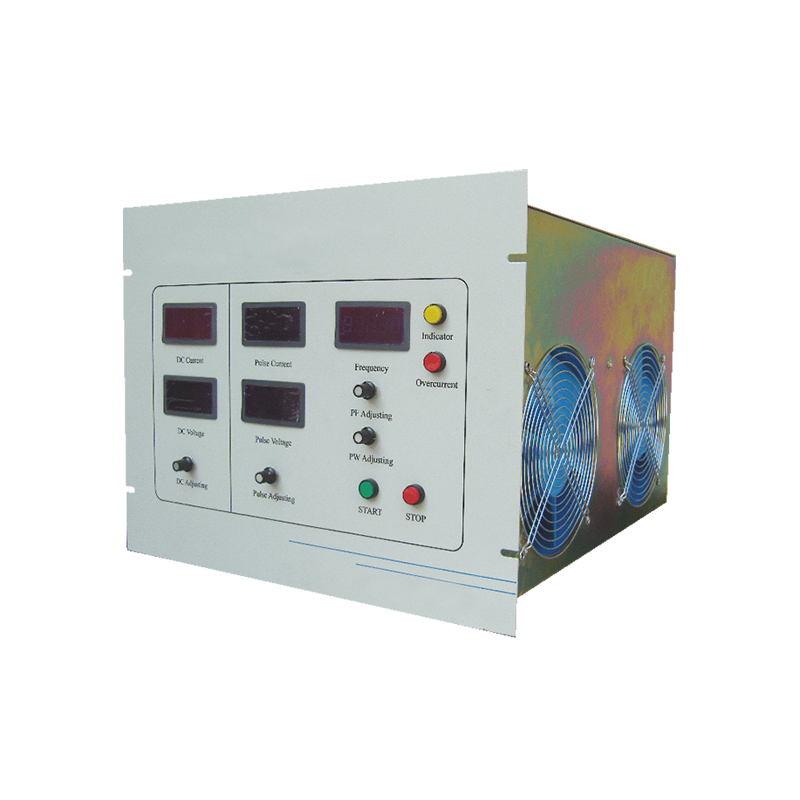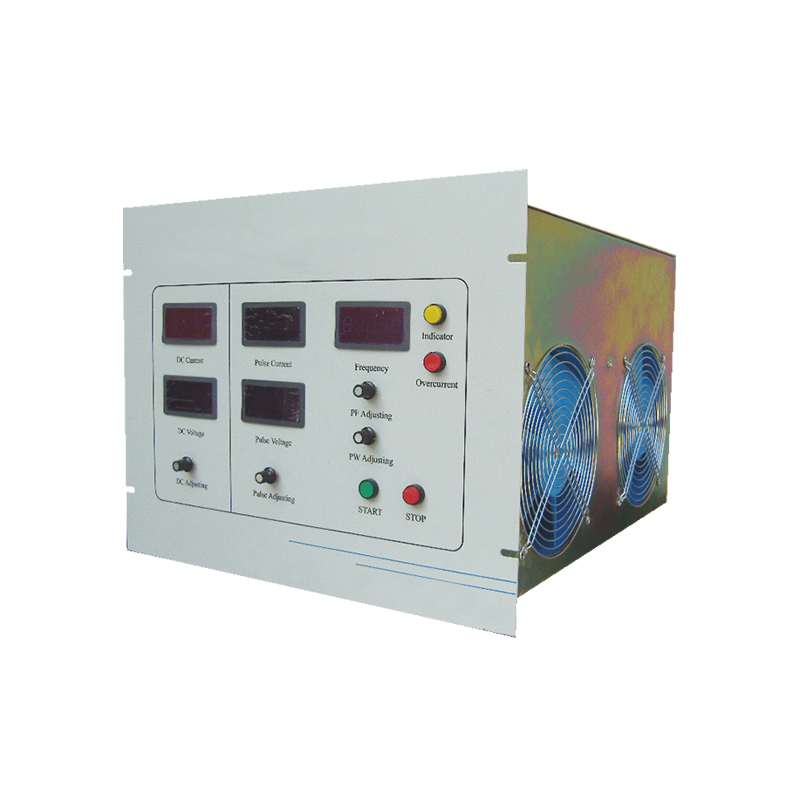Bipolar Pulsed DC Magnetron Sputtering Plasma Power

Bipolar pulsed DC magnetron sputtering power supply adopts a pulsed power supply with rectangular wave voltage to replace the traditional DC power supply for magnetron sputtering deposition. This power supply technology can effectively suppress the generation of arc, eliminate the film defects, improve the sputtering deposition rate and reduce the deposition temperature. In the bipolar pulse mode, the power supply generates two phases of positive and negative voltages in one cycle. The negative voltage stage is mainly used to sputter the target, while the positive voltage stage is used to introduce electrons to neutralize the positive charges accumulated on the target surface, and to clean and expose the target surface.
Technical features
1: Its main loop topology adopts PFC+full bridge architecture combined with ARM+DSP digital control technology
2: It has a built-in arc extinguishing time setting of 10μs-100μs to adapt to different processes and targets. Arc display counts
3: Its output frequency 10-120KHZ pulse interval 1-10μs
4: Constant power, constant current, constant voltage to meet any process requirements
5: It can significantly improve the charge accumulation phenomenon on the target surface, reduce the number of firings on the sputtering surface, and improve the quality of the film.
6: Pulse & DC output in two modes to meet different process requirements.
7: The operation can be controlled by the panel. The remote PLC controls the analog PROFIBUS communication.
Applications
Bipolar pulsed DC magnetron sputtering power supply is widely used in the preparation of various thin films, such as metal, semiconductor, alloy, oxide, compound semiconductor and so on. The coated glass prepared by the method has excellent energy transmission rate and reflectivity adjustment performance, and is widely applied to the field of modern buildings. In addition, the technology is also widely used in glass, automobile, medical and health, electronic industry and other industries and people's livelihood. In the field of fabric coating, this technology can be used to manufacture materials for safety fields such as anti-electric shock, electromagnetic shielding and robotic protective fabrics.

